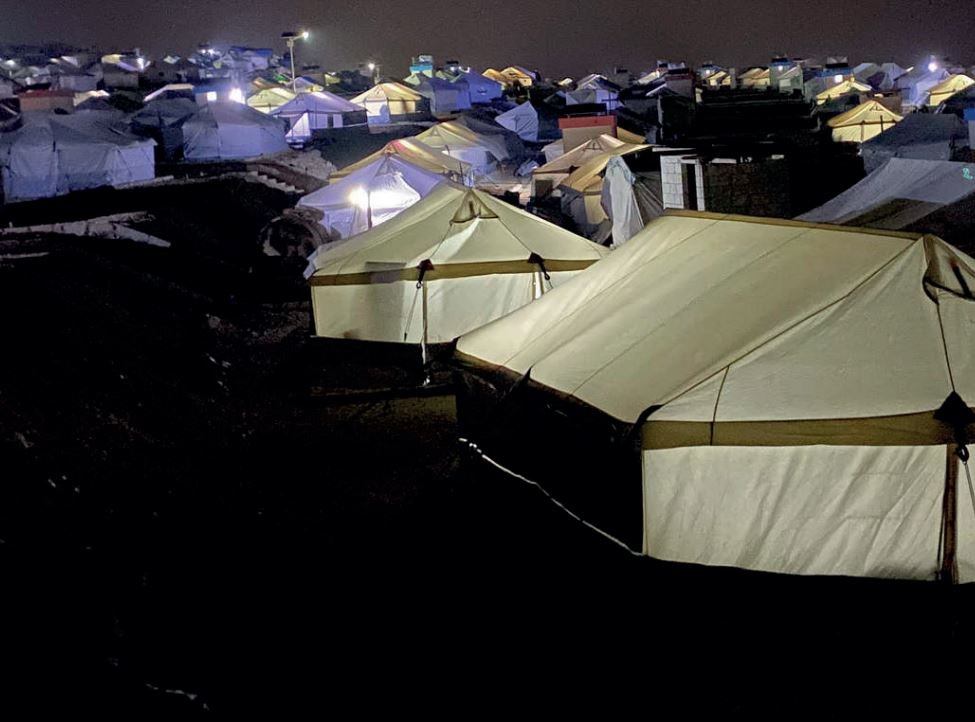
humanitarian need and the re-electrification of northwest syria
January 2022
Introduction
The Syrian government ceased supplying electricity to Idleb when opposition groups took control in 2015, forcing citizens to rely on solar power and rationed, sporadic supply of power from small-scale providers using diesel generators. However, in May 2021, households and businesses in Idleb gained access to a reliable electricity source for the first time in six years after the completion of a re-electrification project that repaired and reinstalled transmission lines and rehabilitated six high-voltage stations. The project was a collaborative effort between a private Turkish company and the Syrian Salvation Government-affiliated Public Electricity Corporation, which was later reformed into a company named Green Energy. Electricity is now delivered to the major cities in the opposition-controlled northwest, and the re-electrification of villages and towns is underway. Green Energy has also supplied electricity to several water stations and hospitals. Electricity is priced per kilowatt and has fluctuated according to the depreciation of the Turkish lira. Residents interviewed by the Syrian Observatory for Human Rights stated that they may not be able to afford the new supply and many would continue to use solar panels despite their lower power capacity, largely because they had already invested in the infrastructure.
However, they expected that the new electricity supply would improve important facilities such as schools and hospitals. According to local sources, re-electrification has increased commercial use of electricity. Additional electricity availability has reduced the operational costs of businesses because paying for amperage is more cost-efficient than paying for access to a private generator.
Local sources have reported that increased electricity supply has stimulated the opening of businesses, particularly small industrial workshops that are reliant on electric power tools. Though electricity only accounts for a small proportion of the total operating cost for most businesses, electricity security ensures stable or higher productivity levels for manufacturing. The re-electrification project should be praised for its success in repairing infrastructure and delivering electricity in opposition-controlled areas; however, any positive humanitarian impact remains unclear. The HAT measured the impact of the re-electrification program on local humanitarian needs using night lights reflectance data and humanitarian needs monitoring data from HNAP. The results showcase the significant increase in electricity consumption caused by the program, but did not identify any positive change in humanitarian need. This suggests humanitarian actors in opposition-controlled areas should consider complimentary programming that includes sector-based interventions alongside electricity-focused projects. For example, providing financial assistance to purchase electricity, perhaps as part of the survival minimum expenditure basket, in conjunction with sector-specific interventions designed to optimize the new electricity access, such as assisting businesses to purchase electrical machinery, repairing electrical systems in schools, or providing or repairing water pumps for farmers.

